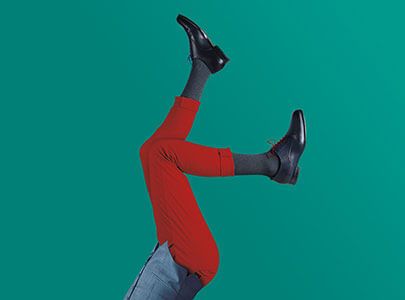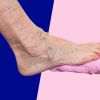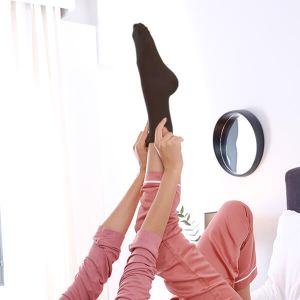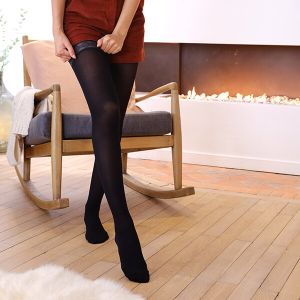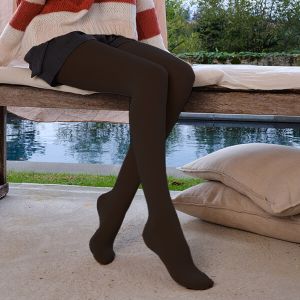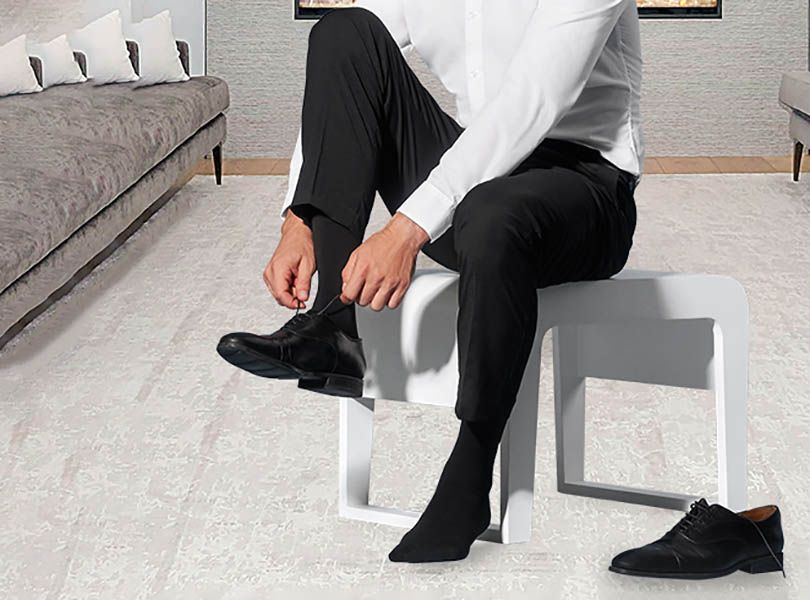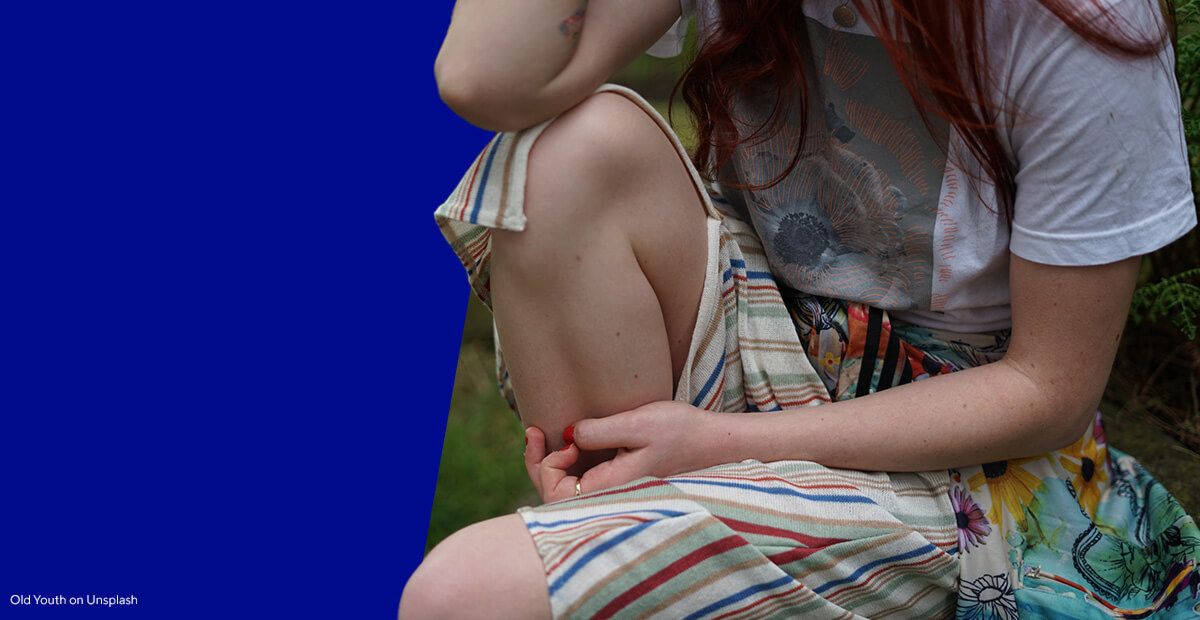First signs of venous insufficiency - what can be done to stop it?

Chronic venous insufficiency is when there is stagnation of blood in the veins. Its first symptoms may be underestimated by us. Most often these are swellings – initially, they may be unnoticeable, but gradually they may increase.
Venous insufficiency affects women as much as six times more often. This is related, among other things, to the additional strain on the body caused by pregnancy and childbirth, as well as oral contraception, which sometimes increases the risk of thrombosis. Genetic factors are also very important. If someone in our family has had circulatory problems, we should take preventative steps.
In a nutshell, such insufficiency and its symptoms are caused by long-term dilatation of blood vessels, which increases venous pressure. One of the consequences is varicose veins. Chronic venous insufficiency is not only unpleasant but also simply puts your health and even your life at risk.
How does venous insufficiency occur?
The heart pumps the blood and, in a way, gives it momentum. The fact that we move causes the whole body to receive a new portion of oxygenated blood every now and then, and then this blood returns to the heart. The problem arises if there is stagnation. This can be caused, for example, by long periods of standing or sitting in one position (sitting or standing work, travelling by car, plane, etc.; a sedentary lifestyle in general).
What further increases the risk of circulatory problems is also a poor diet (rich in highly processed products, fast food), but also stimulants such as cigarettes and alcohol. Blood, which cannot circulate as it should, creates stagnation in veins. Most often in the area of ankles and calves. Veins are equipped with special valves that move in such a way as to facilitate the transport of blood.
However, gravity also has an effect here. Lack of body movement promotes stagnation which stretches the veins. Once stretched, it will remain in this form. More pressure and force are needed to pump blood from the dilated vessel to other parts of the body. This is when we deal with varicose veins.
Sometimes venous insufficiency is the result of previous deep vein thrombosis in the lower limbs. Circulatory insufficiency of the lower limbs is a rather complex problem and ignoring it can only exacerbate the symptoms.
Venous insufficiency of the lower limbs and its symptoms
In the first stage of this disease, the patient is sometimes not even fully aware that he or she is dealing with it. Initially, venous insufficiency has quite general symptoms, which can be associated with fatigue after a day spent on the feet.
Most often it starts with swelling. Usually in the area of the ankles, as this is where the difficulties with proper blood transport usually occur. Other symptoms of poor circulation in the legs are leg pains. In the beginning, both swelling and pain disappear on their own after "spreading out". In the area of knees, thighs, and feet, so-called spider veins can be noticed.
Patients often complain also of muscle spasms, and sometimes varicose veins appear. The skin becomes inflamed, sometimes even leading to venous ulceration on the inside of the shin, above the ankle. A characteristic feature is also a hardened epidermis coloured brown.
In addition, symptoms of circulatory insufficiency may include a sensation of so-called heaviness of legs, tingling, and unjustified numbness. In patients with a more advanced stage, the swelling is more permanent.
Do you have the first symptoms of venous insufficiency? Act!
Although at first, we may think that the symptoms of poor circulation in the legs are not that troublesome for us, noticing the first symptoms should force us to visit the doctor. There are pharmacological and surgical treatment options, however, in many situations, especially when the disease is in its early stages, it is enough to make a few changes and pay more attention to one's lifestyle.
It is worth remembering that movement is good for your health - not only for the veins and circulation but for the whole body and your mental condition. The same goes for changing your diet to a healthier one, rich in fresh fruit and vegetables, wholemeal products, and valuable protein.
It is also a good idea to consider giving up smoking. If your job requires you to sit or stand for long periods, it doesn't hurt to take regular breaks to walk, change position or simply move your feet under the desk.
Compression garments are also one way that can significantly improve blood flow. This usually takes the form of compression knee socks. However, it would be advisable to consult their wearing with a doctor, who will tell us which compression level will be appropriate in our case.
At the same time, it is worth avoiding too tight underwear, socks, or trousers, which also compress, but not evenly, the whole surface of some part of the body, but rather like a bandage restrict the free flow of blood.

